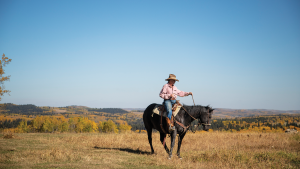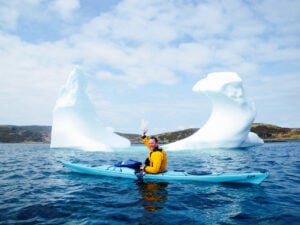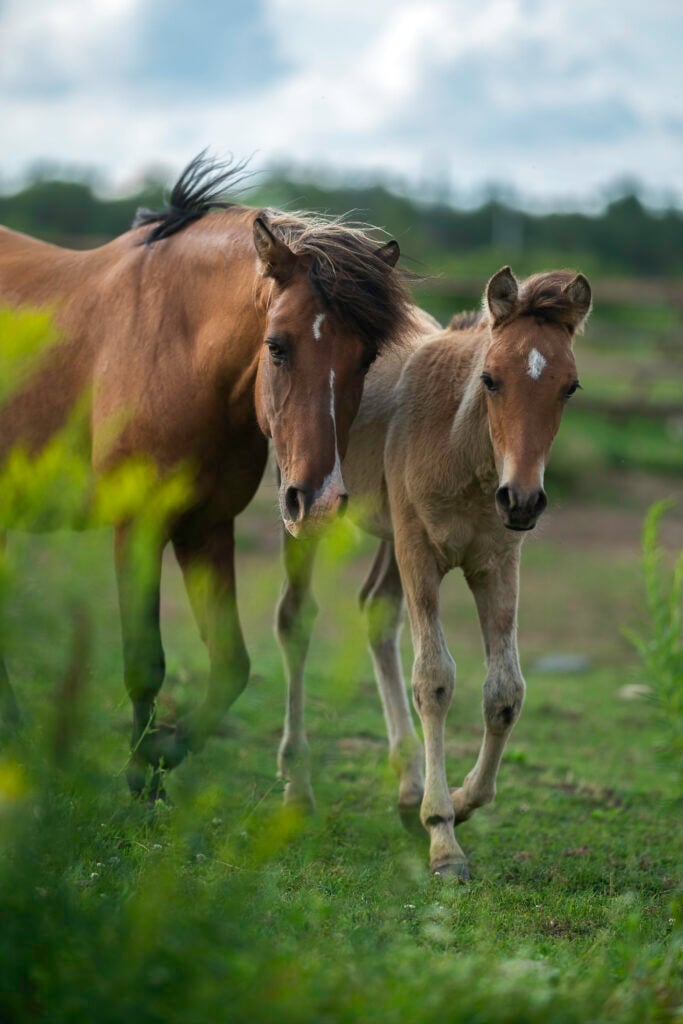There was a native breed of horse roaming North America when the Spanish arrived. A shorter, furrier and timid creature well adapted to its environment, and one that had appeared in legends since the dawn of human stories. Indigenous communities never saw these horses as a tool to be exploited, regarding them instead as powerful spirits, teachers, and guides. Settlers saw only a docile, useless pest causing havoc in the fields. The Ojibway Spirit Horse – also known as the Lac La Croix Pony – was hunted to the very point of extinction, and discarded from the history books. Today, thanks to the tireless efforts of an Anishinaabe artist, passionate horse lovers, a daring late-night rescue mission, and the ambitions of an Indigenous tourism pioneer, North America’s native equestrian wonder is finally galloping back into view.
“Every living thing has a spirit,” explains cultural ambassador Maggie Downer as she proudly shows me around Indigenous Experience’s 164-acre Mādahòkì Farm. Leading me to the horse enclosure, she explains how plants, land, people, and animals are all part of a circle, not a hierarchical pyramid. This way of life is baked into Mādahòkì, (which translates in Anishnaabe as ‘share the land’) creating a unique cultural, educational, event and reconciliation space that emerged from the ashes of the tourism company’s former location on Victoria Island. That cultural centre that was destroyed in a 2010 arson attack, was rebuilt and set ablaze again in another arson attack in 2014. In fall 2021, Mādahòkì Farm opened its gates on West Hunt Road not far from Ottawa’s city centre, expanding the vision of founder and Indigenous tourism pioneer Trina Mather-Simard. Trina found this land after she’d committed to bringing four Ojibway Spirit Horses to Ottawa, inspired by a CBC Radio interview with an Anishnaabe visual artist named Rhonda Snow.
Growing up in Northwestern Ontario, Rhonda Snow had heard legends about the Ojibway Spirit Horses since she was eleven years old. Inspired to learn more, she travelled around the country – Turtle Island – gathering stories and tales from elders and communities. One legend recalls how three Ojibway horses successfully protected kids hiding in a schoolhouse from residential school agents. Another speaks of Métis fishermen partnering with the horses each winter to haul fish off frozen lakes, with the horses roaming free in the woods during summer months.
Settler’s treatment of Ojibway horses appeared to mirror the treatment of Canada’s Indigenous people in general. An Indian Affairs report referred to them as “worthless, useless little ponies we need to get rid of.” Despite their heritage as the continent’s only native horses – equipped with speed, strength and stamina – ranchers only saw a pest to eradicate. Ignoring their cultural significance as Indigenous companions and spiritual allies, the horses were hunted, shipped off to glue or dog food factories, and quietly destined for oblivion. In 1977, Canadian authorities ordered the destruction of the last four Ojibway horses in Canada. In a plot worthy of a Disney movie, a late-night clandestine rescue operation was able to smuggle these survivors to safety across the US border.









